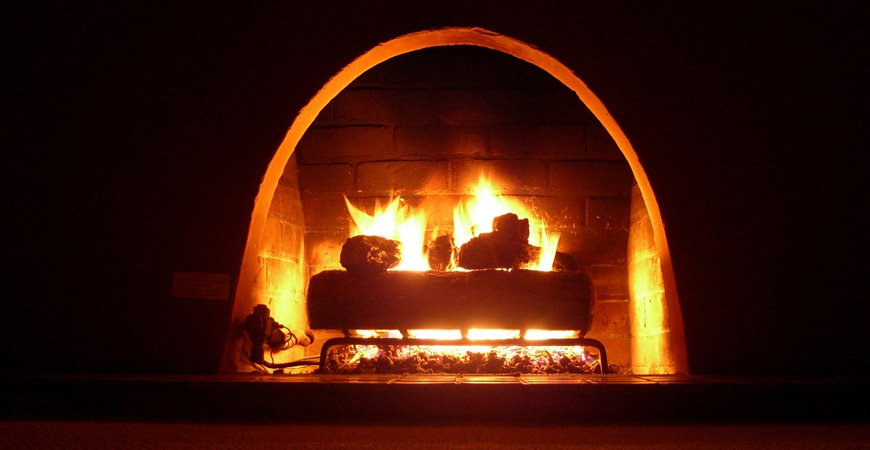
It’s not too Late! These 7 Home Winterization Tips will Keep you Cozy
The bitterly cold weather this winter is making it harder than ever to stay warm, and your wallet is taking a big hit from growing heating bills. But it’s not too late to winterize your home.
These 7 home winterization tips will help you keep your family warm and cozy for the rest of the winter, and give your budget a break by lowering your heating bill. Read more to discover 7 ways to save energy and keep toasty this winter.
1. Seal Doors and Windows
Your doors and windows are one of the easiest routes for cold winter air to sneak into your home. To take away the welcome mat for cold air, feel around all of the edges of your outside doors and windows. If you feel a draft, seal the leak to eliminate the issue.
Rope caulk or spray foam work well around windows or on the tops or sides of doors. If you use spray foam, make sure to buy the low-expanding type that’s made for doors and windows, not the high-expanding type that’s made for larger holes.
If you feel cold air coming in under an outside door, add or replace the weather stripping, or buy a draft stopper. In a pinch, a rolled-up throw rug will also work.
To seal your windows even more thoroughly, check out the video above to learn how to use plastic to create a barrier for cold air.
2. Protect your Pipes
Even if it’s never happened to you before, this winter’s supercharged arctic blasts can put your home’s pipes at risk of freezing. Frozen pipes can leave your family without water or, even worse, can burst and flood your basement or attic, causing a costly water damage disaster.
Foam insulation (see photo above) is an easy and inexpensive way to save yourself a lot of stress and expense. Just cut the insulation to the right length for your pipes, and slide it on.
If you live in a colder area such as the Midwest or New England and have exposed pipes in your basement or attic, you might want to go a step further and wrap your pipes with electrical heating tape first. You can plug the tape in on especially cold days to give your pipes some extra protection.
And, if you haven’t already, turn off the water supply to your outside spigots and then open them up when the temperature is above freezing to let the remaining water out. This will prevent your outside pipes from freezing and bursting.
3. Keep your Furnace Healthy
Your furnace can’t do its job well without the right maintenance. In the short run, a struggling furnace will heat inefficiently and raise your heating bill; in the long run, poor maintenance can shorten your furnace’s lifespan and case you to shell out lots of money for a new one sooner than you should have to.
Click here for step-by-step furnace care instructions.
4. Check your Chimney
Many families use a fireplace or wood stove to warm things up and create a relaxing atmosphere. But your chimney can be a fire hazard if you’re not careful, and it can also let in a chill when it’s not lit, making your home colder instead of warmer.
To protect your home from a chimney fire, have a professional inspect your chimney at least once a year, preferably at the beginning of the season. He or she will identify and repair any cracks or leaks in your chimney, which are very dangerous because they can lead to a fire in the surrounding wall.
He or she can also clean out any creosote or other debris that has accumulated in your chimney, which could also lead to a fire. If you don’t already have one, install a good chimney cap to keep out small animals and debris.
You’ll probably have to wait until spring to do this, though, if there is snow or ice on your roof.
To keep your chimney from letting in frigid air, be sure to keep the damper all the way in the “closed” position when you’re not using the fireplace. Even a closed damper can sometimes let cold air in, especially if it’s older.
One solution to this problem is something called a chimney balloon. It’s just what it sounds like: an inflatable device that you put in your chimney to block cold air from coming in.
Chimney balloons are inexpensive and easy to install, and they also keep out debris, and keep air-conditioned air from escaping up the chimney during the summer.
5. Insulate your Ductwork
According to Energy Star, about 20 percent of the air that moves through the average home’s ductwork is lost through leaks and holes. That is enough to have a pretty big impact on your heating bill this winter, as well as your electric bill next summer when you’re running the AC.
Sealing your ductwork and insulating any ductwork that runs through unheated areas such as the attic (see photo above) will keep your family warmer and save you money. You can call an HVAC professional to inspect, seal and insulate your ductwork, or use this step-by-step guide provided by Energy Star and go the DIY route.
It’s also a good idea to have your ductwork cleaned by professionals once a year, to improve your home’s air quality and reduce airborne indoor allergens.
6. Check your Home’s Insulation
Adequately insulating your home is a basic but easy-to-overlook step for keeping your home warm in the winter and cool in the summer. A lot of homeowners simply don’t know how much insulation they need in which areas.
Luckily, the U.S. Department of Energy has thoroughly researched the insulation needs for homes in all 50 states, and all insulation is assigned an R-value that tells you the level of protection it provides.
The Energy Star website provides this easy guide with an infographic that shows you which R-values you need in each area of your home (walls, attic, etc.) depending on where you live.
7. Don’t Miss these Hidden Draft Sources!
Even after you’ve sealed your doors and windows, arctic air can find sneakier ways to get into your home, such as through the chimney (see tip #4 above). Luckily, there are simple ways to stop it in its tracks.
One easy-to-miss entry route for winter chills is through your home’s electrical outlets and light switch boxes. As essential as they are, light switches and electrical outlets are all holes builders cut into your walls. This makes them a good way for cold air to get in.
Lucky, inexpensive foam outlet gaskets will block cold are from coming in, and you only need a screw driver and a few minutes to install them.
If your home has an attic with fold-up steps, cold air can also get in through the cracks around the trapdoor. The fact that cold air sinks makes it that much easier for cold air from your unheated attic to find its way into your home.
An attic stair cover blocks the cold air, and can make your home noticeably cozier.
Photos courtesy of Grant Lindsay, Marc Falardeau, ActiveSteve, Shay Sowden, Jesus Rodriguez, François Péladeau, and Mark Evans.

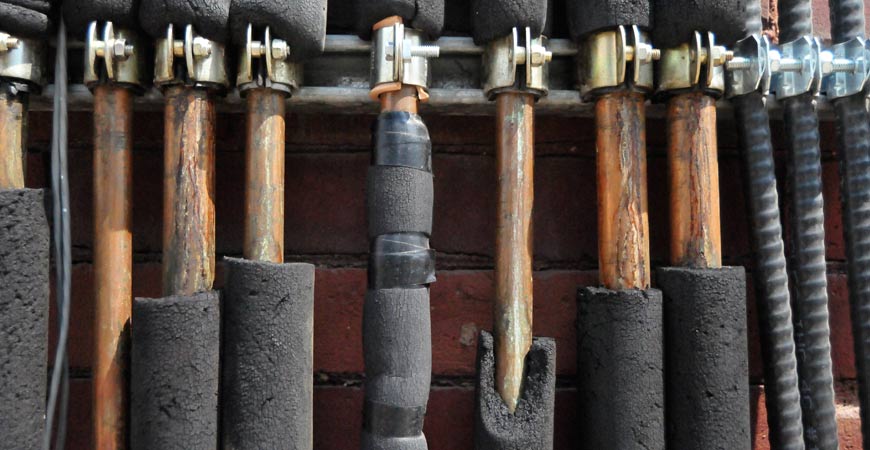


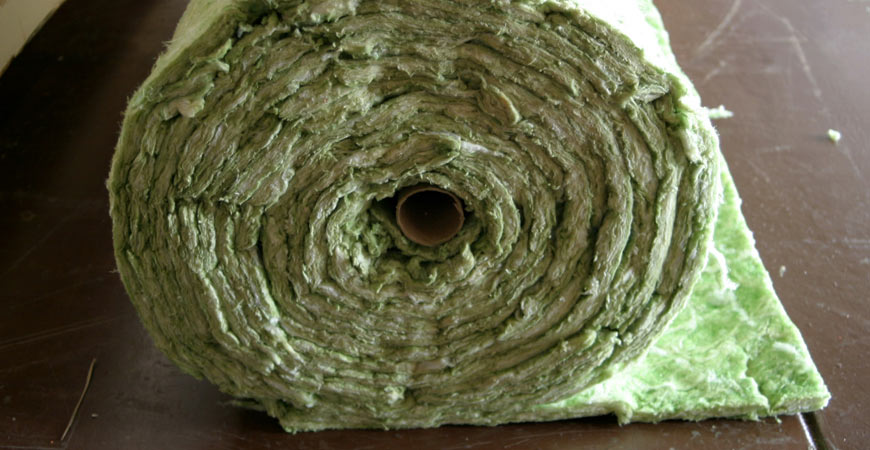


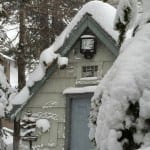
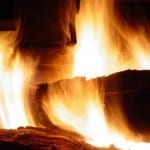







sandy robinson
What kind of electric heaters can you recommend—economical to use—also
heaters that can be carried from room to room. A need is to warm the room to take off the chill —we’re in so Fla. sandy
Wet And Forget
Hi, Sandy! Thanks for the question. Check out our new guide to indoor space heaters. Hope this helps!